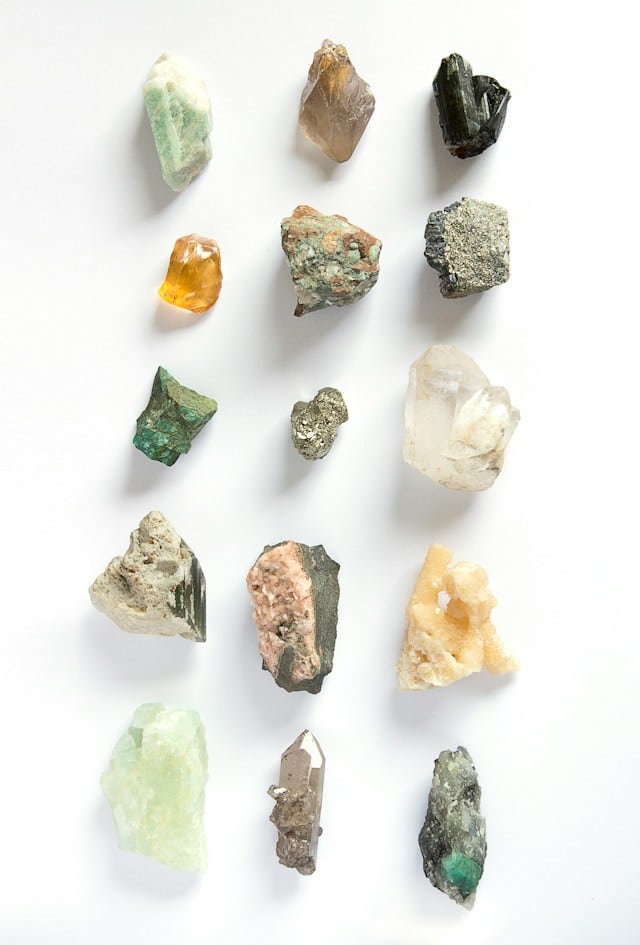What Are the Leading Techniques for Oil Spill Cleanup Along UK’s Coastlines?

Oil spills are an environmental disaster with far-reaching impacts on marine ecosystems. The sea turns into a gooey, black mess, with oil spreading far and wide across the surface. The results are catastrophic, with marine life getting caught in the crossfire and shorelines bearing the brunt of the contamination. The question is not if an oil spill will occur, but when and where. As such, a robust response to oil spills is crucial to mitigate their environmental effects, particularly along the UK’s coastlines. This article delves into the leading techniques employed for oil spill cleanup in the area.
Oil Spill Response: A Key to Environmental Protection
When an oil spill happens, swift and effective response is crucial to limit the spill’s spread and minimize its impact on the environment. It’s a multifaceted process that involves containment, cleanup, and recovery. A central part of this process is using the right techniques for the cleanup. The response strategy needs to consider various factors, such as the type and amount of oil spilt, the local environment, the weather conditions, and the potential impact on the shoreline and marine life.
Avez-vous vu cela : What Role Do Companion Robots Play in Elderly Care?
In the UK, the national response to oil spills is coordinated by the Maritime and Coastguard Agency (MCA). This agency deploys an array of techniques and technologies to manage oil spills, with a focus on minimizing the environmental fallout.
Booming and Skimming: Containing the Spill on the Surface
One of the initial strategies for responding to an oil spill involves containment to prevent the oil from spreading further. For this, responders typically deploy booms, which are floating barriers designed to contain the spill on the water’s surface.
Cela peut vous intéresser : How Can Melatonin Supplements Improve Sleep Quality for Night Shift Workers?
Once the spill is contained, the cleanup process can commence in earnest. One of the most common techniques used for this purpose is skimming. Skimming involves the use of special boats or equipment to remove the oil from the water’s surface. This technique is most effective when the oil is thick and concentrated, allowing for efficient removal.
Use of Dispersants: Breaking Down the Oil
Another technique widely used in the fight against oil spills is the application of dispersants. These chemicals work by breaking down the oil into smaller droplets, which are then dispersed throughout the water column. This not only removes the oil from the surface but also allows natural processes – such as evaporation and degradation by marine bacteria – to break down the oil over time.
However, the use of dispersants is not without controversy. Some environmental groups argue they can cause more harm than good, damaging marine life and contaminating the water column. As a result, the MCA and other response agencies must carefully consider the potential environmental impacts before deciding to deploy dispersants.
Shoreline Cleanup and Recovery: Securing the Coast
When oil reaches the shoreline, it presents a new set of challenges. The oil can stick to rocks, vegetation, and sand, causing severe damage to coastal ecosystems. The cleanup at the shoreline often involves a combination of manual labour and mechanical equipment to remove the oil.
The recovery process is also a crucial part of the response. After the bulk of the oil has been removed, it’s necessary to monitor the area and assess the recovery of the environment. This can involve the removal of any leftover oil, the restoration of habitats, and the monitoring of wildlife populations.
Emerging Technologies: The Future of Oil Spill Response
The fight against oil spills is not standing still. Technological advancements are opening up new possibilities for dealing with these environmental catastrophes. One promising area is the use of bioremediation – the use of microorganisms to break down the oil.
Another emerging technology is the use of drones and remote sensing for oil spill detection. These tools can provide real-time data on the spill, helping responders to quickly locate and contain the spill.
While these technologies hold great promise, they are still in their early stages. But as they mature, they will undoubtedly play an increasingly important role in the battle against oil spills – in the UK and beyond.
Innovative Bioremediation Techniques: Harnessing Nature to Combat Oil Spills
While traditional oil spill cleanup methods are effective, scientists and environmentalists are increasingly turning to nature-based solutions to better manage these environmental disasters. One such technique is bioremediation, which involves using microorganisms such as bacteria and fungi to break down the spilled oil into harmless substances.
In the aftermath of the infamous Deepwater Horizon oil spill in the Gulf of Mexico, bioremediation was deployed as a long-term response strategy, alongside other response techniques like booming, skimming and the use of chemical dispersants. The microorganisms used in bioremediation feed on the hydrocarbons in crude oil, effectively reducing the oil’s presence and impact over time.
However, for bioremediation to be successful, the right types of microorganisms need to be present and in sufficient quantities. To achieve this, responders might add nutrients to the spill area to promote the growth of these oil-degrading organisms.
Though still relatively new and under study, bioremediation offers a promising tool in the arsenal of oil spill treatment methods. Its key advantage is that it causes minimal disturbance to the marine environment in the long run, especially compared to more invasive techniques. However, it’s worth noting that bioremediation is a more slow-acting process and may not be suitable for all types of spills.
Drone Technology: Eyes in the Sky for Oil Spill Response
Another technology that’s revolutionising the way we respond to oil spills is the use of drones and remote sensing technologies. Drones, equipped with sophisticated sensors and imaging equipment, can provide real-time, high-resolution data about the spill. This information is invaluable in determining the oil spill’s scale, location, and movement, aiding in planning and executing an effective response.
The use of drones was notable during the Deepwater Horizon oil spill, where they provided crucial insights into the extent of the spill and guided the response efforts.
Given their ability to quickly cover large areas and access difficult-to-reach locations, drones are becoming an essential part of oil spill response strategies. They are especially useful in monitoring the spill’s long-term effects on marine mammals, birds, and the overall marine environment.
However, the use of drones in oil spill response is not without challenges. Drone operations are subject to strict regulations, and their effectiveness depends largely on the weather conditions. Despite these hurdles, the potential benefits of drone technology in oil spill response continue to drive their adoption and advancements.
Conclusion: Looking Ahead in Oil Spill Response
The devastating environmental impacts of oil spills underscore the importance of robust and effective response strategies. From traditional methods like booming and skimming to innovative techniques like bioremediation and the use of drones, the tools at our disposal are continually evolving.
However, it’s important to recognise that these response techniques are only part of the equation. Preventing oil spills from occurring in the first place should remain a top priority. This involves stringent regulation and monitoring of activities that pose a risk of oil spills, from offshore drilling to the transfer of crude oil.
Looking ahead, the future of oil spill response lies in the integration of these various techniques, leveraging their strengths to provide a comprehensive, effective, and environmentally-friendly response to oil spills. As we continue to innovate and improve our response capabilities, we move closer to the goal of minimising the environmental impacts of oil spills along the UK’s coastlines and beyond.
